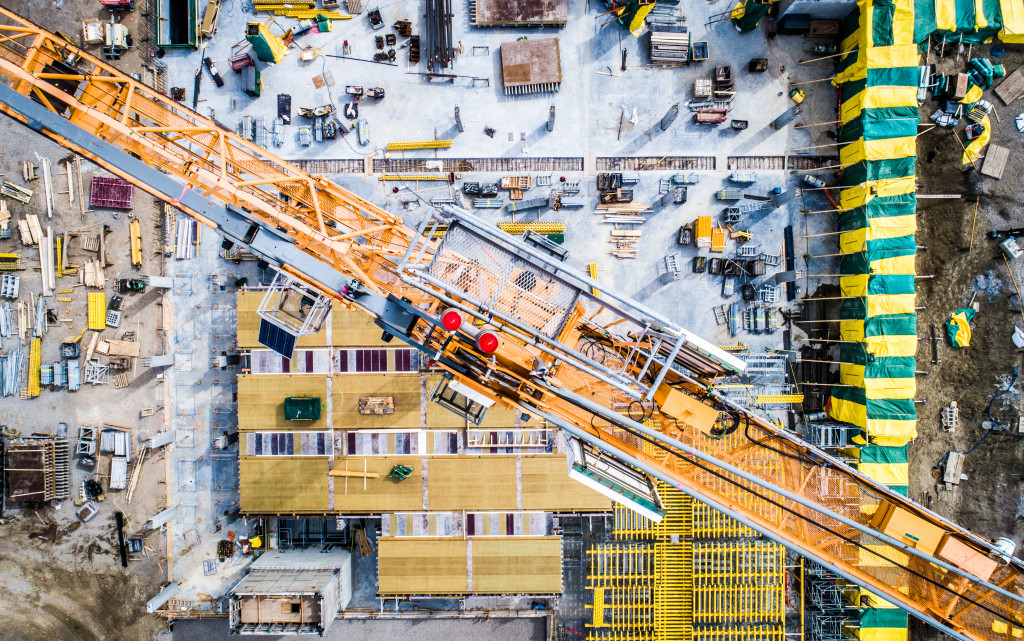If you’re a construction manager, you know that the labor shortage is a top concern. With over half of construction firms reporting difficulty filling hourly craft positions, it’s more important than ever to be efficient with your workforce. Fortunately, several new technologies can help. Here are three of the most promising.
Digital Recruitment
Recruitment has become a competitive game, and traditional methods like job fairs or newspaper ads are no longer enough. Using digital recruitment tools, construction managers can cast a wider net and target specific demographics for better results. Social media job postings, virtual career fairs, and online talent databases can help you find the right employees quickly and efficiently. Additionally, you can hire a construction recruitment agency that uses these tools. They are likely to be more efficient and experienced with using technology for recruitment. It makes them easier to hire the right workers for your sites.
Remote Collaboration
Gone are the days of needing every employee on-site to complete a project. Instead, remote collaboration technology allows teams to work together seamlessly, no matter where they are physically located. This not only increases efficiency by eliminating travel time and expenses but also opens the door for hiring remote workers who may not be able to work on-site. In addition, remote collaboration tools such as project management software, video conferencing, and cloud storage make it easier for teams to communicate and stay organized.
Robotics
Robots are used in construction for bricklaying, welding, and demolition. While they cannot wholly replace human workers, they can help with repetitive or dangerous tasks— freeing up employees for other jobs that require a human touch. Additionally, robots can work longer hours than humans, which can help construction managers stay on schedule despite the labor shortage. Additionally, drones are also being used to survey sites.
In the past, site surveys could only be done by a human being physically present. This was time-consuming and often led to errors. Now, construction managers can use drones to quickly and accurately survey a site before work begins. This helps to avoid potential problems down the road and ensures that everyone is working with the same information.
Robots are a great way to replace human labor for repetitive or dangerous tasks, and drones can help with site surveying.

Virtual Reality for Training
Virtual reality is used in several industries to train employees on everything from safety procedures to using new equipment. For example, VR can train workers in construction to build specific types of structures or use new materials. This helps to reduce mistakes on the job site and gets workers up to speed more quickly.
Another version of VR is AR or augmented reality. This is different in how it is used on the job site rather than in a training set. For example, AR can be used to overlay building plans onto the existing job site, making it easier for workers to visualize and understand the end goal.
Wearable Technologies
Since you can only hire a handful of construction workers nowadays, why not augment their capabilities so they can do twice the work? Wearable technologies can do just that. These technologies can assist workers with physically demanding tasks and increase productivity. Here are some wearable technologies for your construction workers.
Smart Glasses
Glasses are no longer just for eye protection. Some advanced glasses can display information relevant to the job, such as building plans or safety guidelines. This helps workers stay on track and reduces the need to stop their work and consult a manual or tablet.
Exoskeletons
Exoskeletons are wearable devices that augment physical strength and endurance. These can be especially helpful for workers performing repetitive manual labor tasks or lifting heavy loads. It’s a reasonably new device that will be available at an affordable price on construction sites.
GPS Tracking
GPS tracking technology is no longer just for cars. You can now use it to track your construction equipment and assets, so you always know where and who’s using them. This can help you avoid costly mistakes, like ordering too much material or losing track of equipment on the job site. It can also help you optimize your workflow by ensuring everyone has the resources they need to do their job.
The labor shortage is a severe problem in construction, but new technologies are emerging that can help construction managers make the most of their workforce. From GPS tracking to drones to virtual reality, these technologies are changing how construction managers work and helping them overcome some of the biggest challenges they face.
